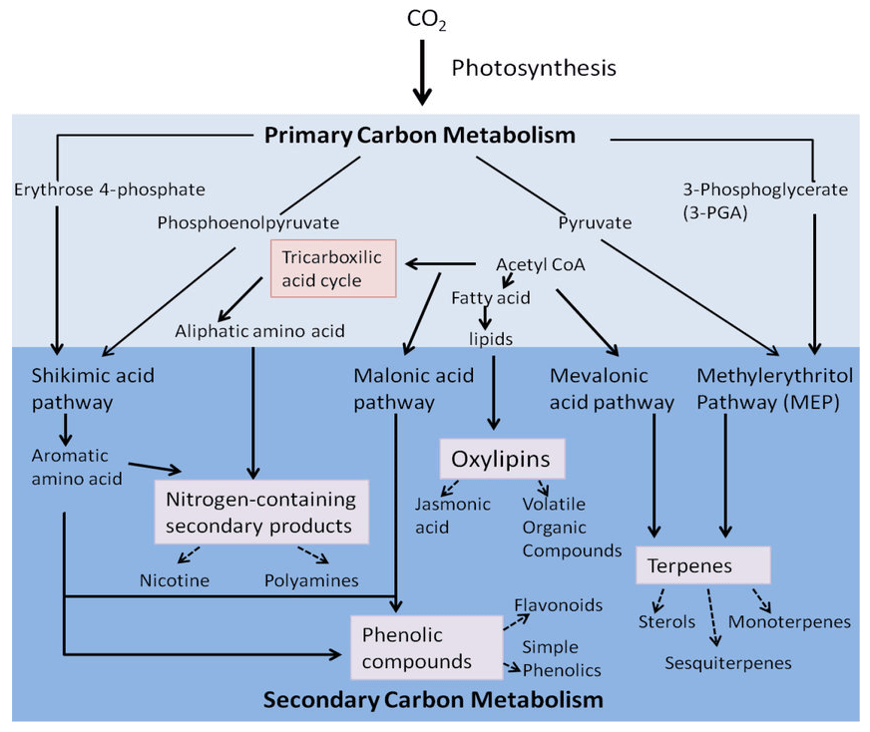Pelargonidin Analysis Service
Submit Your InquiryWhat is Pelargonidin?
Pelargonidin is a natural plant pigment belonging to the group of compounds known as anthocyanins. It is responsible for the red, orange, or pink coloration observed in various fruits, flowers, and vegetables. Pelargonidin is widely distributed in nature and is particularly abundant in berries such as strawberries, raspberries, and cranberries.
As an anthocyanin, pelargonidin is a water-soluble pigment that plays a role in the plant's reproductive and protective mechanisms. It can act as a photoprotectant, potentially shielding plant tissues from excessive sunlight and oxidative damage. Additionally, the vibrant colors provided by pelargonidin may serve as visual cues to attract pollinators and seed dispersers.
Pelargonidin is considered a dietary antioxidant, meaning it has the potential to help neutralize harmful free radicals in the body and protect cells from oxidative stress. Antioxidants, in general, have been associated with potential health benefits, including reducing the risk of chronic diseases such as cardiovascular disease, cancer, and neurodegenerative disorders.
Researchers have explored the potential anti-inflammatory, antimicrobial, and anticancer properties of pelargonidin. Some studies suggest that it may possess anti-inflammatory effects by influencing inflammatory pathways in the body. Its antimicrobial properties have also been investigated for potential applications in food preservation and as natural alternatives to synthetic preservatives.
 The molecular structure of pelargonidin
The molecular structure of pelargonidin
Pelargonidin Assay Service at Creative Proteomics
At Creative Proteomics, we offer pelargonidin assay services to help researchers and industry unlock the full potential of this valuable compound. Our team of highly skilled biologists uses advanced analytical techniques to accurately quantify pelargonidin levels in a variety of samples. Whether you are studying the role of pelargonidin in plant physiology, investigating its health benefits, or developing new products, our assay services can provide you with the critical data you need.
Instrument Platform for Pelargonidin Analysis:
The AB Sciex QTRAP® 6500 LC-MS/MS is a state-of-the-art instrument platform widely used for the analysis of pelargonidin and other compounds. This high-performance liquid chromatography-tandem mass spectrometry (LC-MS/MS) system offers exceptional sensitivity, selectivity, and robustness, making it an ideal choice for accurate and reliable analysis.
Quality Control Measures for Pelargonidin Analysis:
Calibration Standards: Calibration standards with known concentrations establish a calibration curve for accurate pelargonidin quantification.
Internal Standards: Structurally similar internal standards correct for sample preparation and instrument variations.
Quality Control Samples: Included in each analysis batch, these samples with known pelargonidin concentrations assess reliability and consistency.
Method Validation: Rigorous validation ensures accuracy, precision, linearity, and adherence to quality standards.
List of Pelargonidin and its Derivatives
Targeted metabolome workflow of pelargonidin
Targeted metabolome studies can establish baseline metabolite levels in tissues or organisms for comparison among experiments under different conditions.
Design experiments and sample processing
Preparation of metabolic standards and LC-MS/MS detection
Make standard curve line
Extraction of metabolites in samples
Raw data collection and preprocessing
Qualitative and quantitative target metabolites
Bioinformatics analysis (PCA analysis, cluster analysis, difference analysis, etc.)

Sample Requirements for Pelargonidin Analysis
| Sample Type | Sample Volume | Sample Preparation |
|---|---|---|
| Fresh Berries | 100 g | Homogenize the berries and extract |
| Dried Berries | 10 g | Rehydrate if necessary and homogenize |
| Fruit Extracts | 1 mL | Dilute the extract if necessary |
| Fruit Juice | 100 mL | Directly use for analysis |
| Plant Tissues | 1 g | Homogenize the tissues and extract |
Service process












